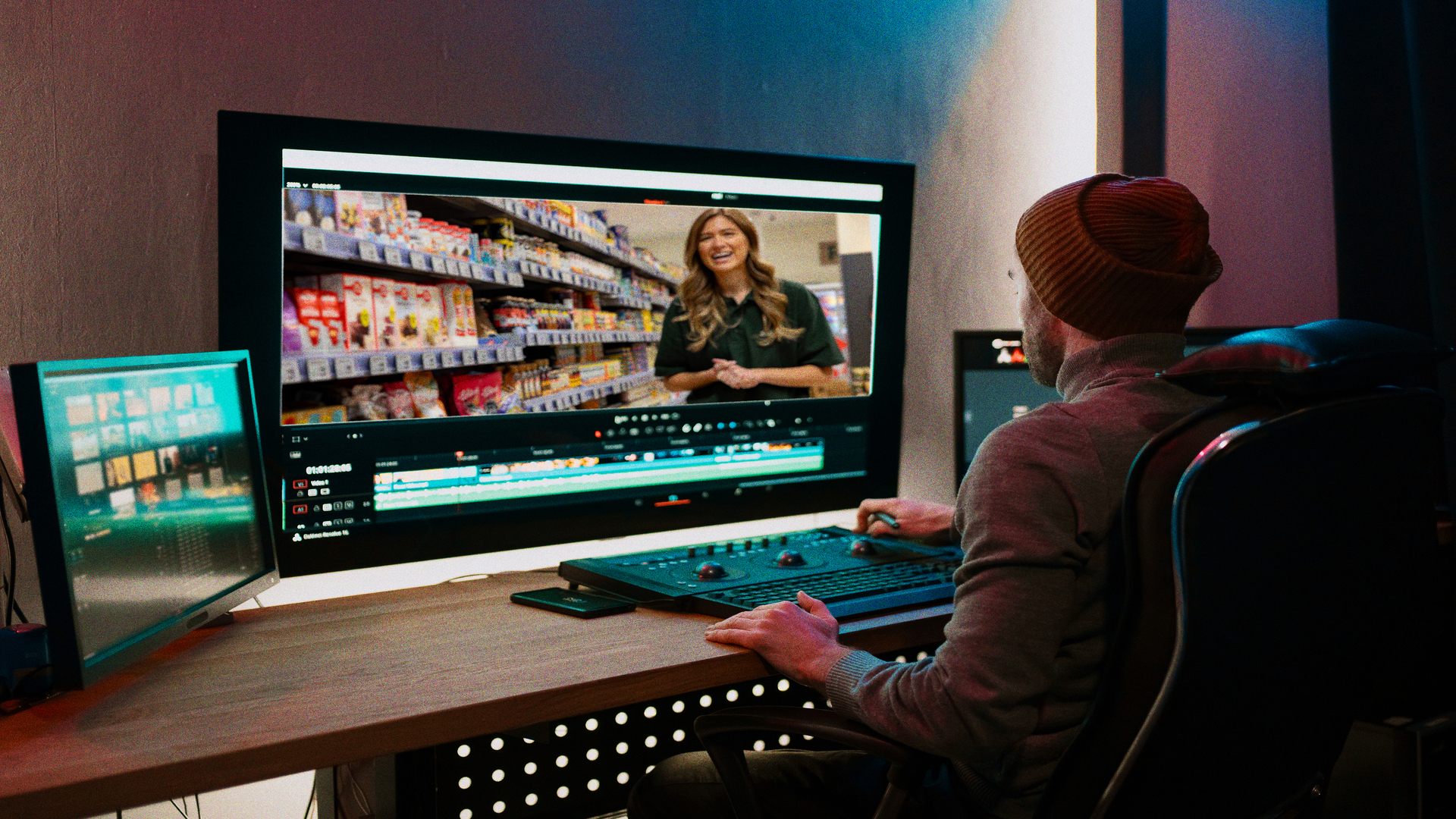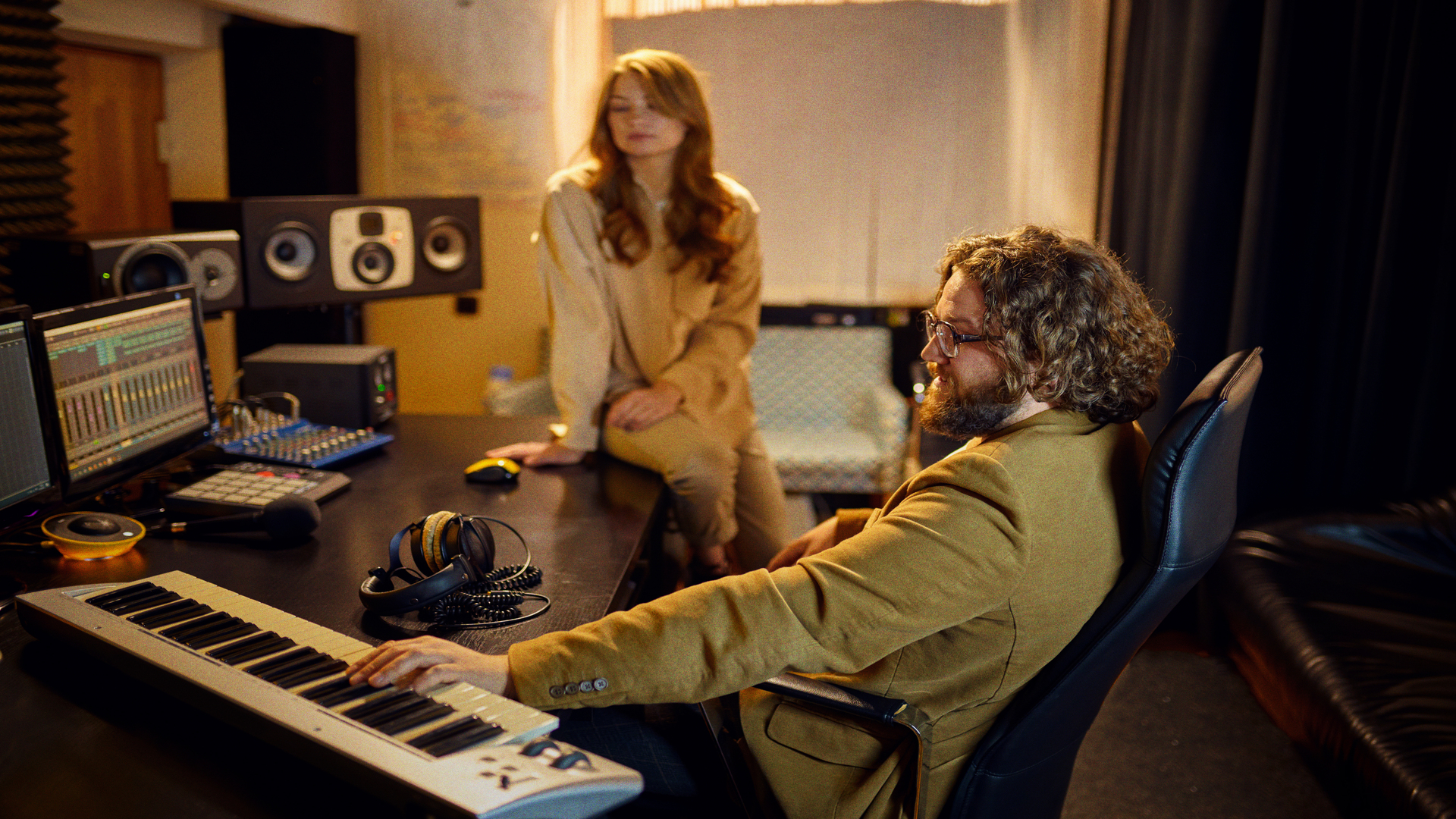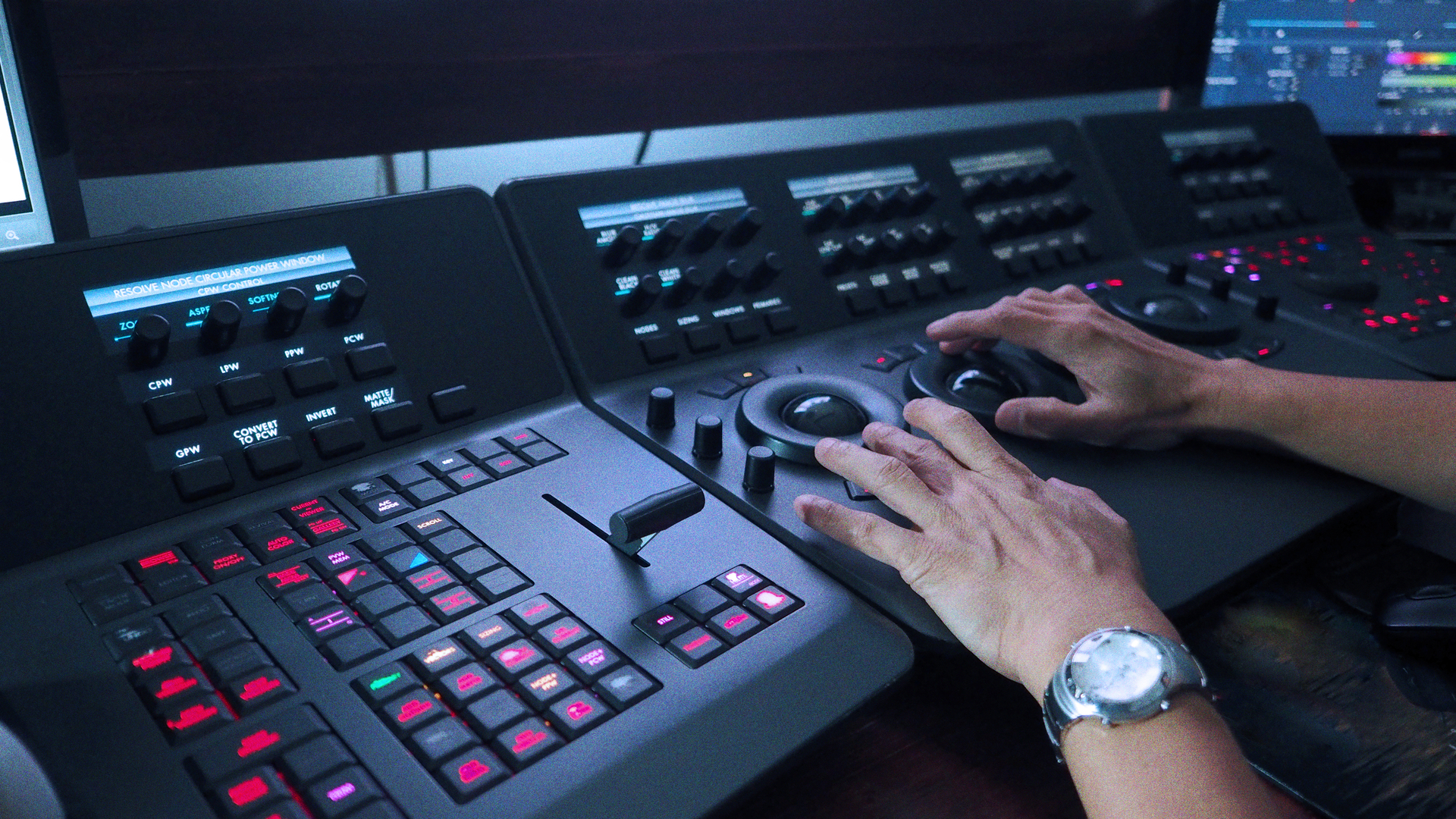

Post-production is the final and highly creative phase in the filmmaking process where all the raw footage, sound, and effects captured during production are meticulously crafted into the finished film. This stage is where the story is truly brought to life, with editors, sound designers, visual effects artists, colorists, and more collaborating to refine every aspect of the film. The post-production phase is vital to the success of any project, as it involves shaping the narrative, enhancing the visuals, and perfecting the sound to create a polished final product that aligns with the director’s vision.
In post-production, client collaboration plays a crucial role. We encourage our clients to actively participate in the editing process by offering the opportunity to book a session with one of our professional editors. This hands-on approach ensures that your vision is maintained and your feedback is integrated into the final product. Here’s a deep dive into the key stages and elements of the post-production process:
Video Editing: Crafting the Story
At the core of post-production is the video editing process, where all the raw footage shot during production is organized, trimmed, and assembled into a coherent and compelling narrative. This phase determines the pacing, rhythm, and overall structure of the film.

Key Elements of Video Editing
- Footage Review and Organization
The first step in editing is reviewing all the footage, often referred to as “rushes” or “dailies.” The editor carefully watches all the material shot during production, selecting the best takes based on performance, camera angles, and technical quality. Footage is then categorized and organized into bins or folders according to scenes, sequences, or shot types. This organization is crucial for efficient editing and quick access to specific clips.
- Rough Cut
The rough cut is the initial assembly of the film. The editor creates a rough draft by piecing together scenes in the order dictated by the script. At this stage, the focus is on story structure and pacing rather than fine-tuning. The rough cut serves as a blueprint for the final edit, providing a basic sense of the film’s flow and narrative.
- Fine Cut
After the rough cut is reviewed, the editor moves on to the fine cut, where more detailed decisions are made. This includes refining transitions, adjusting the timing of cuts, and focusing on the flow between scenes. The editor and director work closely together to ensure that the film captures the intended tone and emotion.
- Client Collaboration
In our approach, we value your creative input. You can book a session with one of our editors to be directly involved in shaping the final cut of your video. This allows you to review the progress, provide feedback on the edits, and make suggestions for any changes. The editor will make adjustments in real-time, ensuring that your vision is reflected in the final product.
Sound Editing and Design: Enhancing the Audio
Sound is a critical component of any film, and post-production is where the audio elements are perfected. This includes editing dialogue, creating sound effects, and adding music to enhance the emotional and narrative impact of the film.

Key Elements of Sound Design
- Dialogue Editing
Dialogue captured during production, known as production sound, is often edited to clean up any background noise, remove unwanted sounds, or fix any inconsistencies in audio levels. Dialogue editing ensures that the spoken words are clear and consistent throughout the film.
- ADR (Automated Dialogue Replacement)
If there are issues with the on-set audio, such as poor sound quality or interference, actors may be brought into the studio to re-record their lines in a controlled environment. This process is called ADR, where dialogue is re-recorded and synced with the footage.
- Sound Effects (SFX) and Foley
The sound design team adds sound effects (SFX) to enhance the realism and impact of the film. Some sounds, like footsteps, doors closing, or fabric rustling, are recreated in a studio by foley artists to perfectly match the visuals. These sounds are synchronized with the action on screen to create a richer, more immersive experience.
- Ambience and Atmosphere
Ambient sound or atmospheric noises are added to establish the environment of each scene, such as city traffic, wind blowing, or birds chirping. These elements help to create a sense of place and realism within the film’s world.
- Sound Mixing
Once all the sound elements—dialogue, music, sound effects—are in place, the sound mixing team balances and adjusts the audio levels. This ensures that dialogue is clear, the music supports the scene without overpowering it, and the sound effects are well-integrated. The goal is to create a seamless audio experience that complements the visual storytelling.
Music Composition and Integration: Elevating Emotion
Music is a powerful tool in filmmaking +that can evoke emotions, heighten tension, and underscore important moments in the narrative. The post-production team works to integrate a musical score or soundtrack that enhances the overall impact of the film.

Key Elements of Music in Post-Production
- Original Score
Many films feature an original musical score composed specifically for the project. The composer works closely with the director to understand the emotional beats of the film and creates music that aligns with the story’s tone and themes. This music is then recorded and synchronized with the film during post-production.
- Licensed Music
In some cases, existing songs or tracks are licensed for use in the film. This could include popular songs or specific genres of music that fit the aesthetic of the film. The post-production team ensures that these songs are properly synced and timed with the scenes they accompany.
- Music Editing
The music editor integrates the score or licensed tracks with the film’s visuals. This involves timing music to match the pace of the scene, cutting or looping sections of music, and ensuring smooth transitions between different musical cues.
Visual Effects (VFX): Adding the Final Touches
In many films, especially those with action, sci-fi, or fantasy elements, visual effects (VFX) play a significant role. The VFX team works in post-production to create and integrate computer-generated imagery (CGI), special effects, and digital enhancements that bring the director’s vision to life.

Key Elements of Visual Effects
- CGI (Computer-Generated Imagery)
Visual effects artists use CGI to create elements that couldn’t be captured on set, such as creatures, futuristic environments, or large-scale action sequences. These effects are added digitally to the filmed footage, ensuring that they blend seamlessly with the real-world elements.
- Green Screen and Compositing
In scenes where actors are filmed against a green screen, VFX artists use compositing techniques to replace the green background with digitally created or filmed environments. This allows filmmakers to place actors in locations that would be impossible or impractical to film in reality.
- Enhancements and Clean-Up
Visual effects are also used to enhance practical effects, clean up imperfections in the footage, or remove unwanted elements (e.g., wires or equipment that appeared in the shot). This polishing process ensures that the visuals are flawless.
Color Correction and Grading: Defining the Look and Feel
Color correction and grading are essential in defining the film’s overall visual tone. These processes involve adjusting the colors, contrast, and brightness of the footage to create a consistent look and evoke specific moods.

Key Elements of Color Grading
- CGI (Computer-Generated Imagery)
Visual effects artists use CGI to create elements that couldn’t be captured on set, such as creatures, futuristic environments, or large-scale action sequences. These effects are added digitally to the filmed footage, ensuring that they blend seamlessly with the real-world elements.
- Green Screen and Compositing
In scenes where actors are filmed against a green screen, VFX artists use compositing techniques to replace the green background with digitally created or filmed environments. This allows filmmakers to place actors in locations that would be impossible or impractical to film in reality.
- Enhancements and Clean-Up
Visual effects are also used to enhance practical effects, clean up imperfections in the footage, or remove unwanted elements (e.g., wires or equipment that appeared in the shot). This polishing process ensures that the visuals are flawless.
Final Review and Client Feedback: Polishing the Product
The final step in post-production is a comprehensive review of the completed film. We actively involve clients in this process, inviting them to provide feedback and request any final adjustments to ensure that the final product aligns with their expectations.

Key Elements of Final Review
- Client Collaboration
We encourage clients to review the final cut and provide detailed feedback on any aspects they wish to adjust. Whether it’s tweaking the pacing of a scene, refining a sound effect, or adjusting the color grading, your input is valued and integrated into the final product.
- Polishing and Exporting
Once all adjustments are made, the film is polished to ensure there are no errors or inconsistencies. The final product is then exported in the required formats, ready for distribution across various platforms—whether for theatrical release, streaming, or corporate use.

